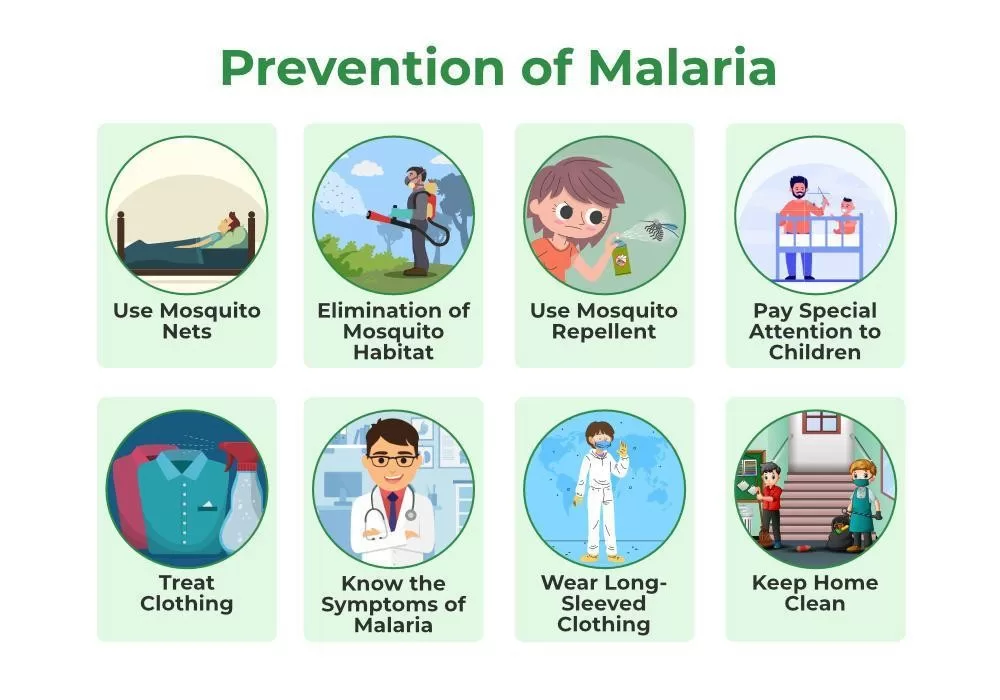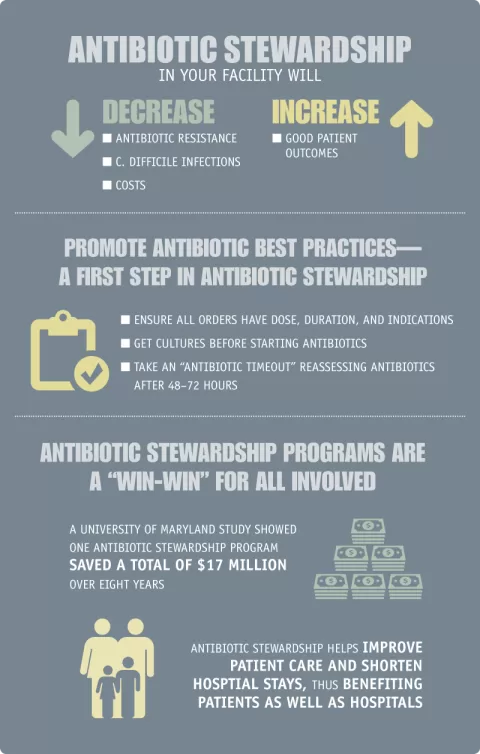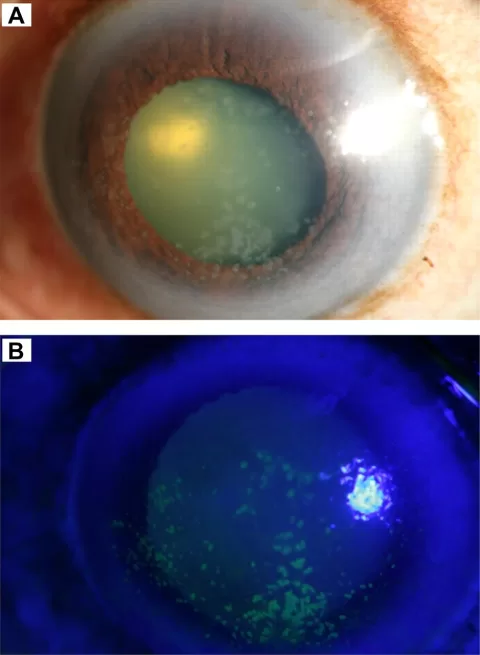Malaria control remains a critical global health challenge, particularly as the effectiveness of traditional methods faces threats such as insecticide resistance. Recent advances in science have reignited hope in the fight against this disease by introducing innovative solutions that target both Anopheles mosquitoes and the malaria parasites they transmit. Researchers have found that incorporating antiparasitic compounds into insecticide-treated bed nets significantly hampers malaria parasite transmission, even in mosquitoes that have developed resistance to standard insecticides. This approach not only preserves the functionality of bed nets but also enhances protection against the malaria-causing organisms that continue to evolve. With groundbreaking discoveries like these, the battle against malaria can potentially take a new direction, offering more sustainable and efficient control measures for affected populations.
The persistent issue of malaria, a disease spread by Anopheles mosquitoes, necessitates a multifaceted strategy for its eradication. Alternative terms such as vector control and disease transmission help frame the conversation around this public health crisis. Recent studies have shown the importance of innovative techniques, like the application of specialized bed nets infused with antiparasitic agents, to disrupt the lifecycle of the malaria parasite effectively. By tackling the developmental stages of these pathogens, public health initiatives can better confront the complexities of mosquito resistance to conventional insecticides. Thus, employing comprehensive strategies in the fight against malaria is essential to safeguard communities worldwide.
The Challenge of Insecticide Resistance in Mosquitoes
Insecticide resistance among Anopheles mosquitoes poses a significant obstacle in the fight against malaria. As the efficacy of long-lasting insecticide-treated nets (LLINs) diminishes, the prevalence of malaria has plateaued, hindering progress made in reducing mortality rates. Resistance is primarily due to the over-reliance on specific classes of insecticides, which the mosquitoes have adapted to by developing mutations that allow them to survive exposure. This resistance not only complicates malaria control efforts but also necessitates innovative strategies that can encompass the comprehensive lifecycle of the malaria parasite.
Efforts to combat insecticide resistance must incorporate a multi-faceted approach, leveraging advancements in both chemistry and vector management. By integrating antiparasitic compounds into insecticide-treated bed nets, researchers aim to overcome this resistance challenge. This strategy effectively targets the malaria parasites even during their early stages within the mosquito’s lifecycle, showing promise for enhancing the long-term impact of LLINs in preventing malaria transmission.
Innovative Approaches to Malaria Control
Given the challenges posed by insecticide resistance, the discovery of new chemical compounds that can effectively block malaria transmission represents a pivotal advancement in malaria control. The research conducted at Harvard University highlights the potential of integrating these compounds into existing bed nets. By directly targeting the stages of Plasmodium falciparum development in mosquitoes, this approach not only addresses the immediate threat of transmission but also reduces the likelihood of fostering further resistance among mosquito populations.
The use of endochin-like quinolones (ELQs) exemplifies a novel method that could redefine vector control strategies. These compounds operate by inhibiting the cellular respiration of parasites, thereby reducing the chance of transmission when an infected mosquito contacts treated surfaces. This innovative technology presents a sustainable solution for maintaining effective malaria control as it can be implemented alongside existing insecticidal strategies, enhancing their overall efficacy and lifespan.
Targeting the Lifecycle of Malaria Parasites
To effectively disrupt the transmission of malaria, it is crucial to understand the lifecycle of the malaria parasite within mosquitoes. The researchers’ approach focuses on the developmental stages of Plasmodium falciparum, specifically targeting female Anopheles gambiae mosquitoes. By applying chemical compounds through a specialized method that enhances absorption, these compounds interfere with the initial stages of parasite infection within the mosquito’s digestive system. In doing so, they not only block the infection but also prevent the further spread of malaria.
This targeted strategy underscores the importance of innovative methods in malaria control. By concentrating on the moments when parasites are most vulnerable, researchers are developing solutions that may drastically reduce the chances of disease transmission, thereby protecting communities at risk. With 22 out of 81 compounds proving effective in this regard, the research underscores a promising avenue for future studies focused on controlling malaria and mitigating its growing resistance to traditional insecticides.
The Role of Bed Nets in Malaria Control
Bed nets have long been a cornerstone in malaria prevention strategies, providing a physical barrier between humans and malaria-carrying mosquitoes. The continuous evolution of these nets, enhanced with insecticides, has helped to significantly decrease malaria transmission rates in many endemic regions. However, as Anopheles mosquitoes develop resistance to standard insecticides, merely relying on traditional methods becomes insufficient. Therefore, new strategies like the use of antiparasitic compounds in bed nets may offer additional layers of protection against malaria.
Integrating advanced chemical compounds into bed nets not only preserves their effectiveness against resistant mosquito populations but also potentially extends their lifespan in a malaria-endemic environment. By ensuring that these nets can still disrupt the lifecycle of malaria parasites, researchers are redefining the strategy for bed net deployment, ultimately aiming to protect vulnerable populations even as traditional methods falter.
Chemical Innovations in Antiparasitic Treatment
The groundbreaking research at Harvard has unveiled the immense potential of chemical innovations in combating malaria parasites. The application of endochin-like quinolones (ELQs) illustrates a significant leap forward in antiparasitic treatment, as these compounds specifically target the metabolic processes of the malaria parasite. This precision in treatment not only enhances the effectiveness of malaria control but also addresses the critical issue of insecticide resistance.
By utilizing compounds designed to disrupt cellular respiration, the approach goes beyond traditional insecticide methods, providing an effective barrier against malaria transmission. Such innovations are essential in the ongoing effort to adapt to the dynamic challenges posed by evolving mosquito populations and the resilience of malaria parasites. The success of these chemical formulations may pave the way for future breakthroughs in malaria management and public health strategies worldwide.
Impact of Antimicrobial Compounds on Malaria Transmission
The introduction of antimicrobial compounds into bed nets demonstrates a transformative approach to malaria transmission reduction. Various substances evaluated during the research exhibited the capability to kill off malaria parasites led by Plasmodium falciparum when contained in treated materials. This not only lessens the parasite load in the mosquito population but also acts as a deterrent, reducing the likelihood that these infected mosquitoes can transmit malaria to humans.
Moreover, the sustained activity of these compounds for over a year signifies their long-term effectiveness, offering an advantage over traditional insecticides that may degrade faster. The continual availability of active compounds within bed nets creates a reliable protection method for at-risk populations, showcasing one of the most promising advancements in the malaria control efforts.
Research Advances in Malaria Prevention
Research advances in malaria prevention, such as the innovative use of chemical compounds in treatment solutions, represent a significant shift in public health strategies. The results published in the journal Nature underscore a pivotal moment in how scientists view the challenge of malaria control. Continued research like this not only provides effective tools to combat infection but also facilitates a better understanding of how malaria spreads and the resistance mechanisms in play.
Incorporating findings from this research into malaria control policies may revolutionize the approach to managing malaria outbreaks globally. As scientists learn more about the role of compounds and their interaction with the malaria lifecycle, tailored interventions can be created, optimizing the effectiveness of existing campaigns. This research exemplifies how interdisciplinary collaboration can lead to practical solutions in fighting diseases that disproportionately affect vulnerable populations.
Global Implications of Malaria Control Strategies
The global implications of enhanced malaria control strategies cannot be overstated. Innovations such as chemical compounds introduced into bed nets promise to expand preventive measures in endemic areas, which are crucial for eradicating one of the world’s oldest diseases. By effectively addressing the challenges posed by insecticide resistance and the malaria parasite lifecycle, these strategies could lead to a significant decrease in malaria cases and fatalities.
Furthermore, successful implementation of these strategies could serve as a model for addressing other vector-borne diseases that have similarly complex transmission dynamics. The positive effects of such advancements would not only improve public health in affected regions but also contribute to broader economic stability, highlighting the vital link between health interventions and socio-economic development.
Future Directions in Malaria Research
Future directions in malaria research are essential to sustaining progress in combating this pervasive disease. The findings from current studies indicate a clear path forward, emphasizing the need for continued exploration of chemical compounds that can effectively disrupt the malaria transmission cycle. As the scientific community builds on these insights, the focus may shift towards comprehensive strategies that integrate chemical innovation with community-based education and engagement.
Moreover, collaboration among researchers, public health officials, and local populations will be crucial in developing sustainable malaria control initiatives. As we gain more knowledge about the malaria lifecycle, combined with innovative treatment methods like those derived from this research, the goal of eradicating malaria may finally be attainable. A coordinated global effort will ensure that these advances translate into real-world solutions that improve health outcomes for millions.
Frequently Asked Questions
How does malaria control address insecticide resistance in Anopheles mosquitoes?
Malaria control efforts are evolving to combat insecticide resistance in Anopheles mosquitoes by integrating antiparasitic compounds into long-lasting insecticide-treated nets (LLINs). Recent research has shown that these compounds can disrupt the malaria parasite transmission stages while minimizing the risk of developing further insecticide resistance.
What role do bed nets play in malaria control today?
Bed nets play a crucial role in malaria control by providing a barrier against Anopheles mosquitoes during the night when they are most active. The introduction of insecticide-treated bed nets has significantly reduced malaria transmission, but the rise of insecticide-resistant mosquitoes has prompted the need for innovative solutions like adding antiparasitic compounds into these nets.
What are the recent advancements in malaria control concerning antiparasitic compounds?
Recent advancements in malaria control include the development of endochin-like quinolones (ELQs), which are small-molecule antimicrobial compounds designed to inhibit the development of malaria parasites within Anopheles mosquitoes. These compounds, when incorporated into insecticide-treated bed nets, can effectively block malaria parasite transmission by targeting the parasites at a critical developmental stage.
Why is it important to address malaria parasite transmission in control strategies?
Addressing malaria parasite transmission is vital in control strategies because it directly impacts the effectiveness of malaria prevention efforts. By targeting the various stages of the Plasmodium falciparum lifecycle within Anopheles mosquitoes with innovative compounds, malaria control strategies can become more resilient, reducing infection rates despite the challenges posed by insecticide resistance.
What impact has insecticide resistance had on malaria control efforts?
Insecticide resistance has significantly challenged malaria control efforts, leading to a plateau in the decline of malaria death rates. As Anopheles mosquitoes evolve to resist common insecticides used in bed nets, researchers are focusing on alternative strategies, such as incorporating antiparasitic compounds into insecticide-treated nets to maintain effective malaria prevention.
How do the findings from Harvard University contribute to global malaria control?
The findings from Harvard University contribute significantly to global malaria control by introducing an innovative strategy that combines insecticide use with antiparasitic compounds in bed nets. This dual approach promises to enhance the efficacy of malaria control initiatives, especially in regions facing high rates of insecticide resistance among Anopheles mosquitoes.
| Key Points | Details |
|---|---|
| Discovery of New Chemical Compound | A Harvard University team identified a compound that blocks malaria transmission in mosquitoes. |
| Addressing Insecticide Resistance | The new strategy targets malaria parasites during development instead of relying solely on insecticides. |
| Testing Methodology | 81 chemical compounds were evaluated for their effects on Plasmodium falciparum in mosquitoes. |
| Effective Compounds Identified | 22 compounds effectively blocked initial parasite infection in mosquitoes. |
| Endochin-like Quinolones (ELQs) Developed | These small molecules inhibit cellular respiration in parasites, killing them effectively. |
| Sustained Activity | The most effective compounds maintained activity for over a year when applied to nets. |
| Global Malaria Control Impact | This technology shows promise for enhancing malaria control initiatives worldwide. |
Summary
Malaria control has taken a significant step forward with the discovery of a new chemical compound that effectively blocks the transmission of malaria parasites in mosquitoes. Researchers at Harvard University have developed an innovative method to incorporate antiparasitic compounds into insecticide-treated bed nets, addressing the growing issue of insecticide resistance in Anopheles mosquitoes. With proven efficacy and sustained activity, these advanced treatments could play a crucial role in reducing malaria transmission and improving global health outcomes.
The content provided on this blog (e.g., symptom descriptions, health tips, or general advice) is for informational purposes only and is not a substitute for professional medical advice, diagnosis, or treatment. Always seek the guidance of your physician or other qualified healthcare provider with any questions you may have regarding a medical condition. Never disregard professional medical advice or delay seeking it because of something you have read on this website. If you believe you may have a medical emergency, call your doctor or emergency services immediately. Reliance on any information provided by this blog is solely at your own risk.








